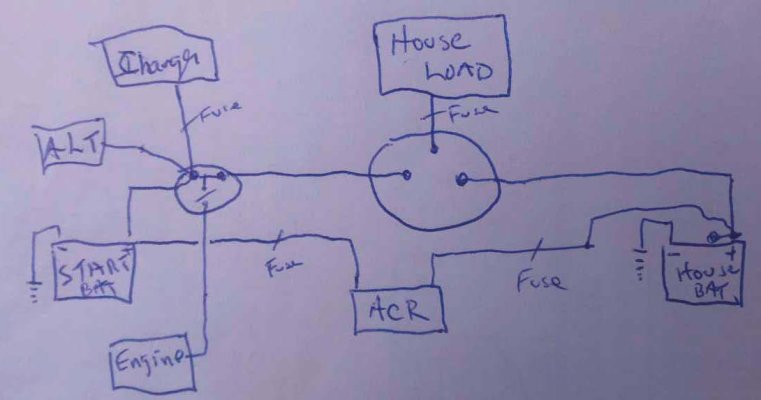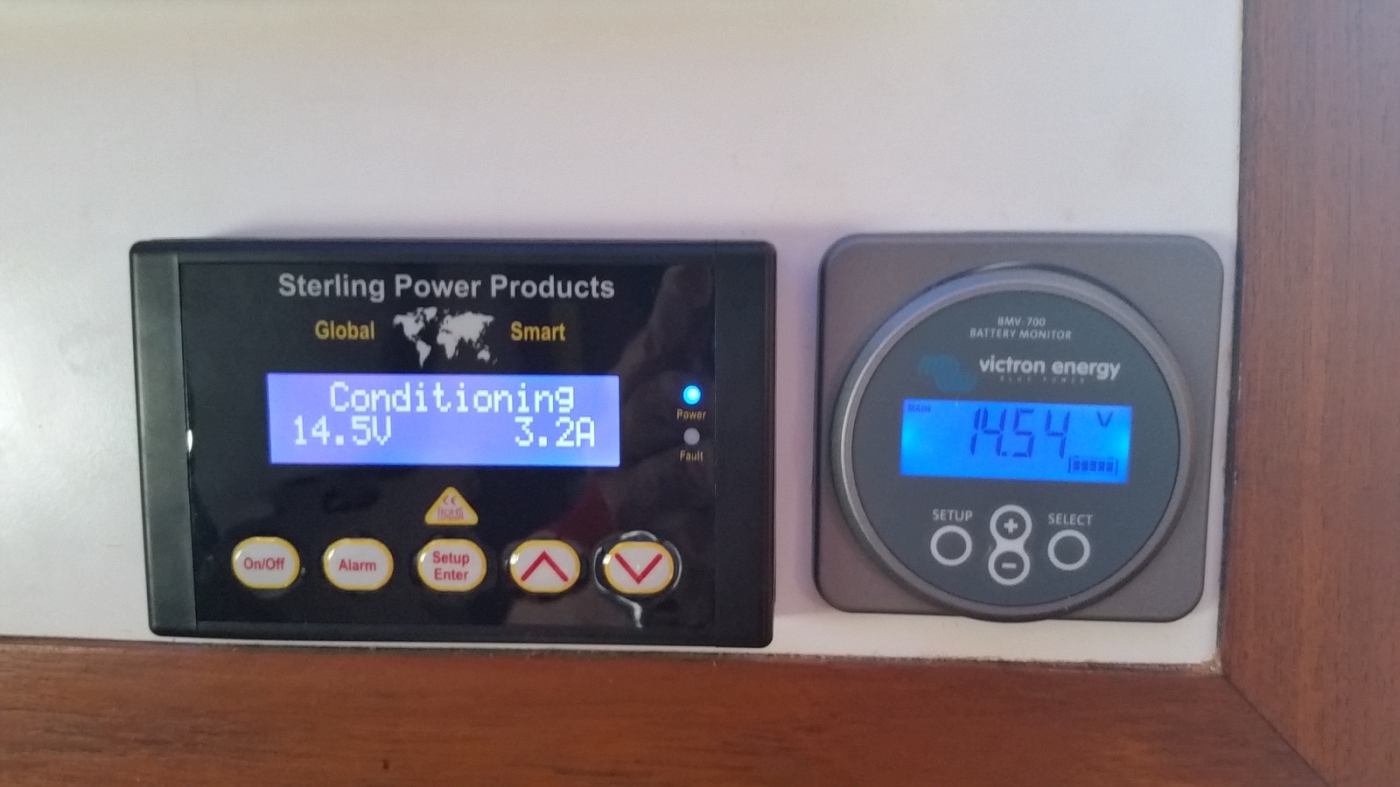PMF1984
Guru
So I want to put some solar panels on the boat. I have read the blog post about solar and need to start with the basic issue - "How much power do I use?"
I have no clue. I do know I can go over night and the engine will start if I set the battery switch on both. So really I have no information to start with.
I read I should put in an instrument to measure my State of Charge. I have a Link 10 on my instrument panel that is not hooked up to anything (no wires coming out the back) I also have a used Freedom Basic Remote Monitor sitting in a box that I assume would hook up to my Freedom 10 Inverter/charger.
What is my best bet to install so I can monitor SOC? Is there an easier to install magic bullet?
John
I have no clue. I do know I can go over night and the engine will start if I set the battery switch on both. So really I have no information to start with.
I read I should put in an instrument to measure my State of Charge. I have a Link 10 on my instrument panel that is not hooked up to anything (no wires coming out the back) I also have a used Freedom Basic Remote Monitor sitting in a box that I assume would hook up to my Freedom 10 Inverter/charger.
What is my best bet to install so I can monitor SOC? Is there an easier to install magic bullet?
John




